Where is Setouchi?
Setouchi is a region that surrounds the Seto Inland Sea and includes the following seven prefectures of Japan: Hyogo, Okayama, Hiroshima, Yamaguchi, Ehime, Kagawa, and Tokushima.
The warm climate is described as the “Mediterranean Sea of Japan.”
The climate is prone to “calms periods,” where the wind stops and the waves become calm.
The area is characterized by wide plains with high-quality soil, which is the source of the delicious agricultural products and the Seto Inland Sea provides excellent seafood such as oysters and sea bream.

Introduction of the area
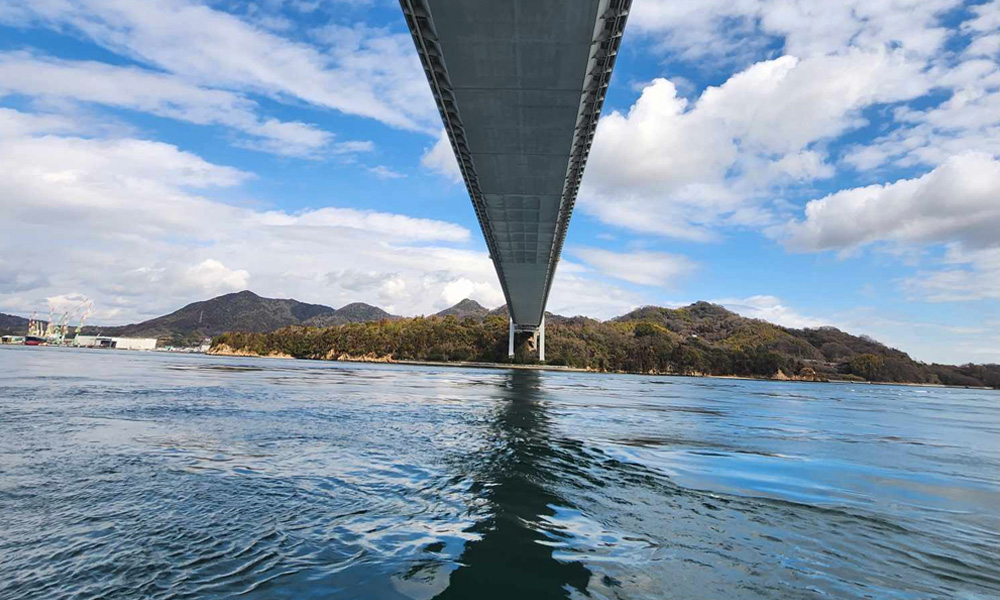
Scenic spots in the Seto Inland Sea area
We have prepared some extraordinary scenery as a highlight of your trip. These locations are mostly unknown to the public, so please enjoy it as part of your trip.
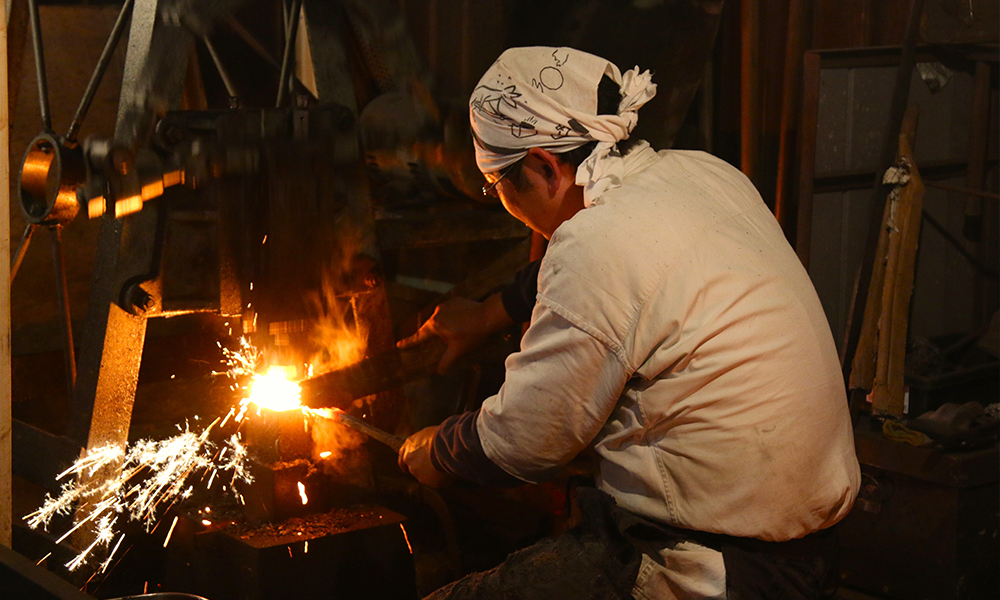
Rakan Village (Kikyo Junko Swordsmith Workshop)
This is a blacksmith workshop where authentic Japanese swords are made.
The process of hammering, stretching, and folding steel that has been heated to approximately 1,300°C is called "tempering."
You will be able to observe this "tempering" process up close.
Sparks fly right before your eyes, making it a very exciting experience.
You can see the production process and hear details about sword making from a modern swordsmith.
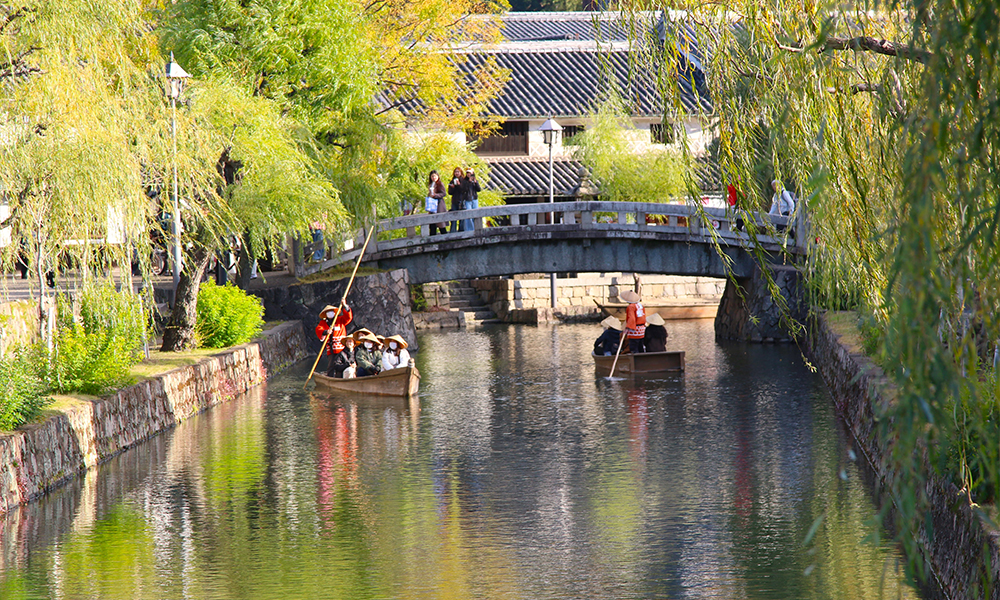
The city of Kurashiki, a city center lined up with traditional buildings
A local guide will show you around Kurashiki Historical Quarters, a beautiful townscape where white-walled streets and Western-style architecture coexist in harmony.
*ATTENTION*: only the customers who get off at Kurashiki bus stop will be able to participate in this activity.
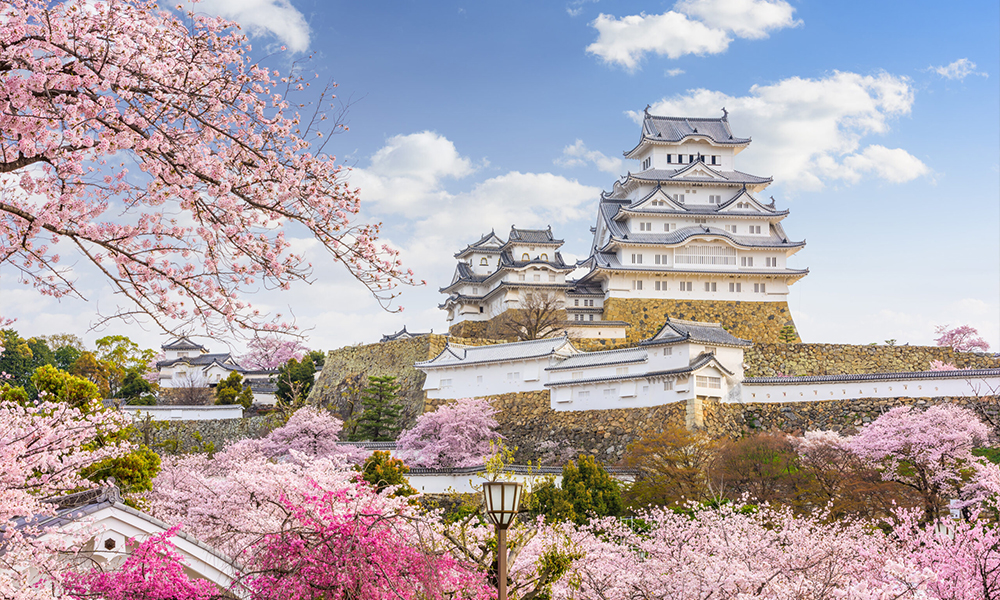
Himeji Castle
One of Japan's most famous castles, with the main buildings such as the castle tower and turrets built in the early 17th century still remaining.
It was designated as Japan's first World Heritage Site in 1993 in recognition of its aesthetic perfection. The highest level of Japanese wooden architecture, unparalleled anywhere in the world, makes it one of the best examples of Japan's unique castle structure, designed for defensive purposes. The well-preserved civil engineering structures such as turrets, gates, earthen walls, stone walls, and moats centered around the castle towers were built during the heyday of castle construction in the early Edo period.
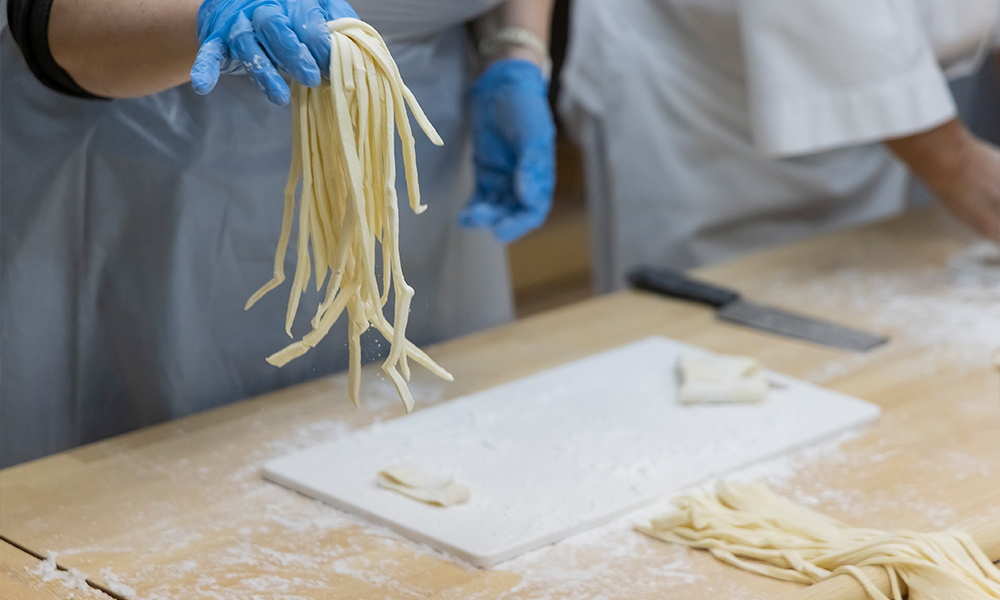
Sanuki Udon noodle making experience
Learn how to make Sanuki udon, a signature local dish of Kagawa Prefecture, from scratch under the guidance of a master.
Afterwards, enjoy your self-made udon together with the professionally made homemade Sanuki udon and the side dishes provided by the restaurant.
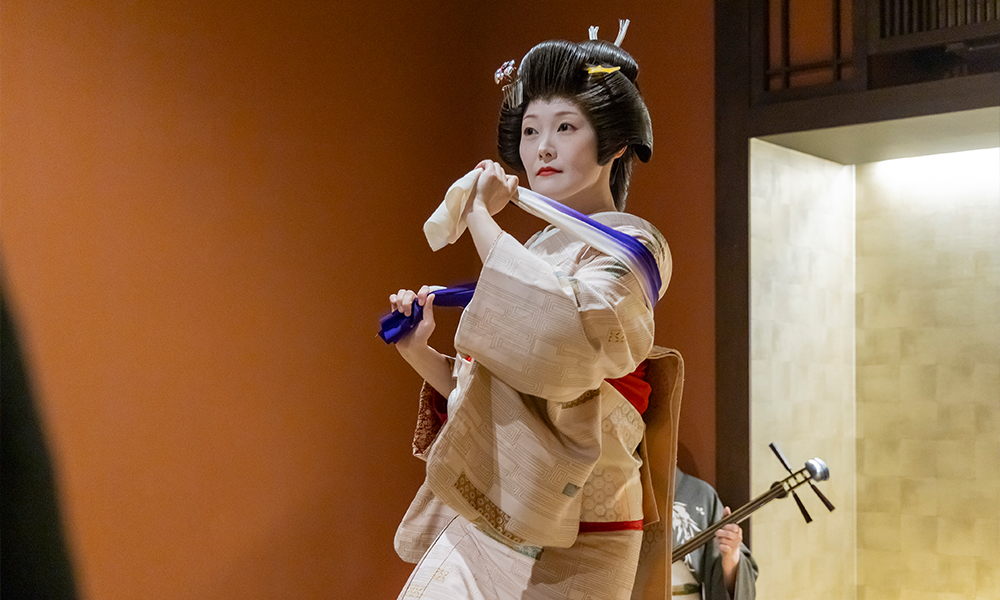
Hospitality with Geisha
You can enjoy a glamorous and extraordinary "ozashiki experience" with food and hospitality from a geisha at Dogo Onsen
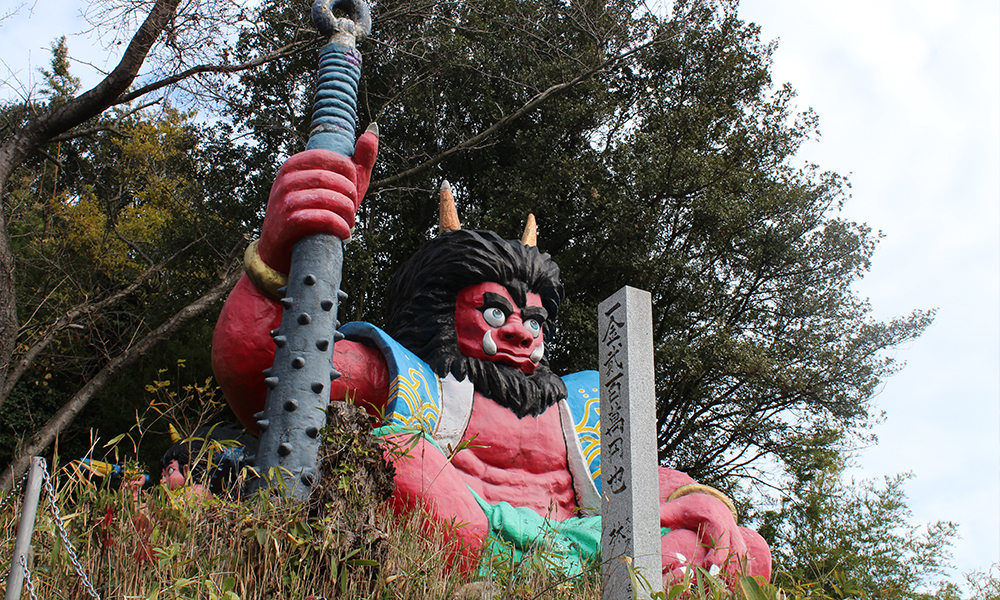
Scenery of Demon Island
Megijima, located a 20-minute boat ride from Takamatsu, is affectionately known as "Demon Island" .
This island is the setting for the legendary tale of Momotaro, and its oddly shaped rocks and rugged coastline fascinate visitors.
You will be greeted by demons in the island's caves. The caves on Demon Island, famous as part of the legendary Momotaro, are a must-visit spot (this is a spot you can visit during your free time).
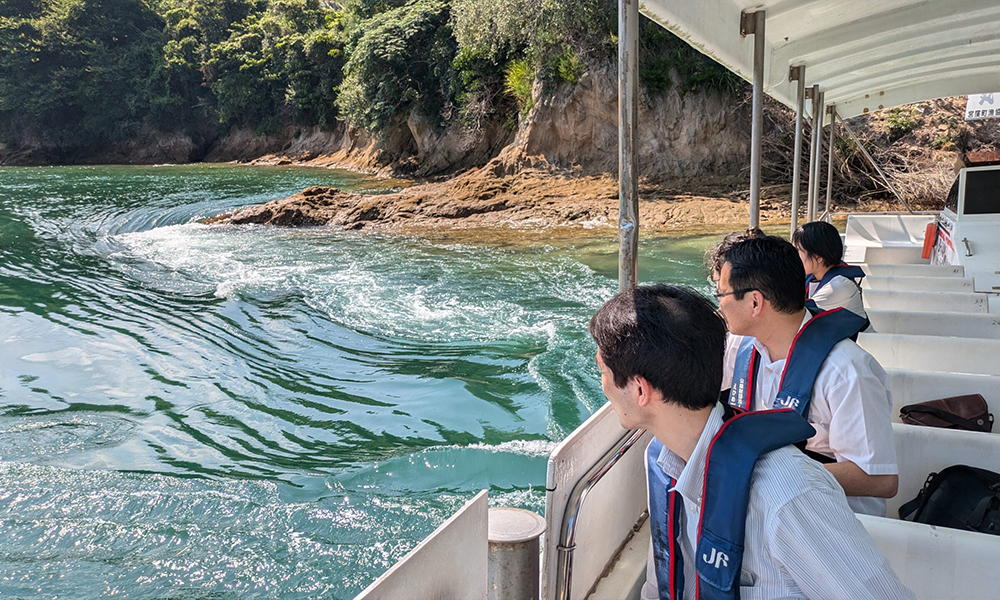
Experience the wild tides at Miyanokubo Ushima
On the third day, you will experience tides from the boat while viewing Ushima, where the Murakami pirates were active.
You can experience firsthand the pirate culture that dominated the sea and its history.
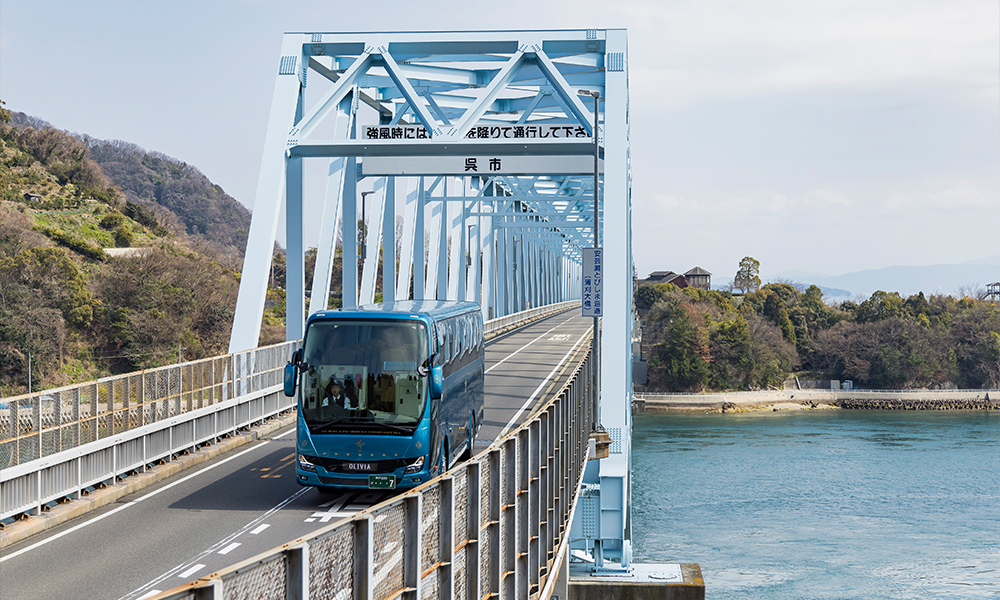
Tobishima Kaido, connecting islands across seven bridges
We board the boat with our bus and head from Munekata Port on Omishima Island to Okamura Island.
From there, we cross the scenic Tobishima Kaido, which connects seven islands.
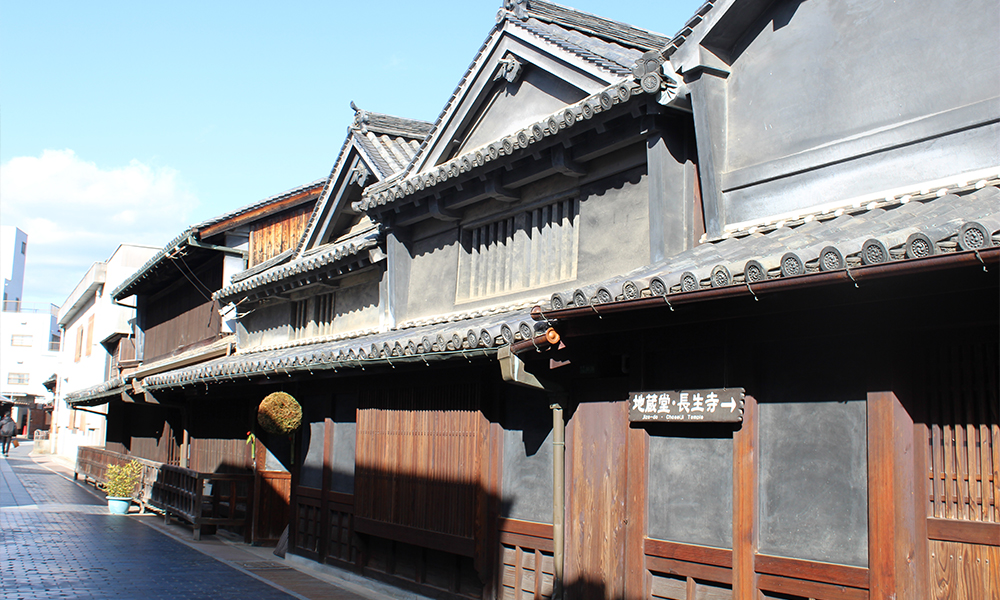
Walking around the streets of Takehara
Takehara, facing the Seto Inland Sea, was once famous for its salt production.
You will have the opportunity to stroll through the streets where businessmen involved in the production once roamed.
The road is full of interesting shops and decorations that are a must-see attraction.
Be sure to take some photos of the Takehara townscape.
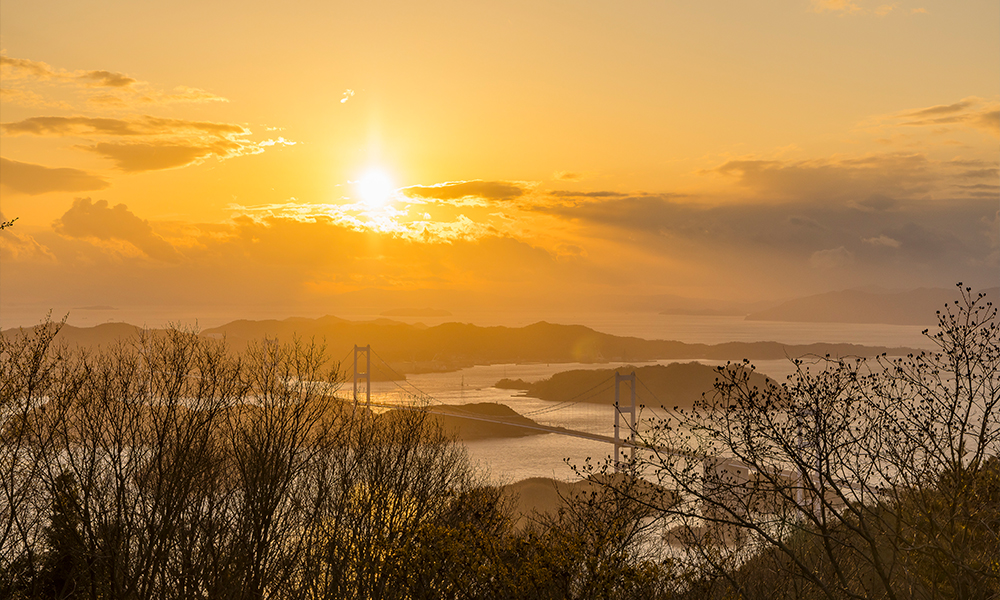
Kirosan mountain view
This is the view from Kirosan Observatory, known as the highlight of the Setouchi region.
If the weather is good, a spectacular view awaits you.
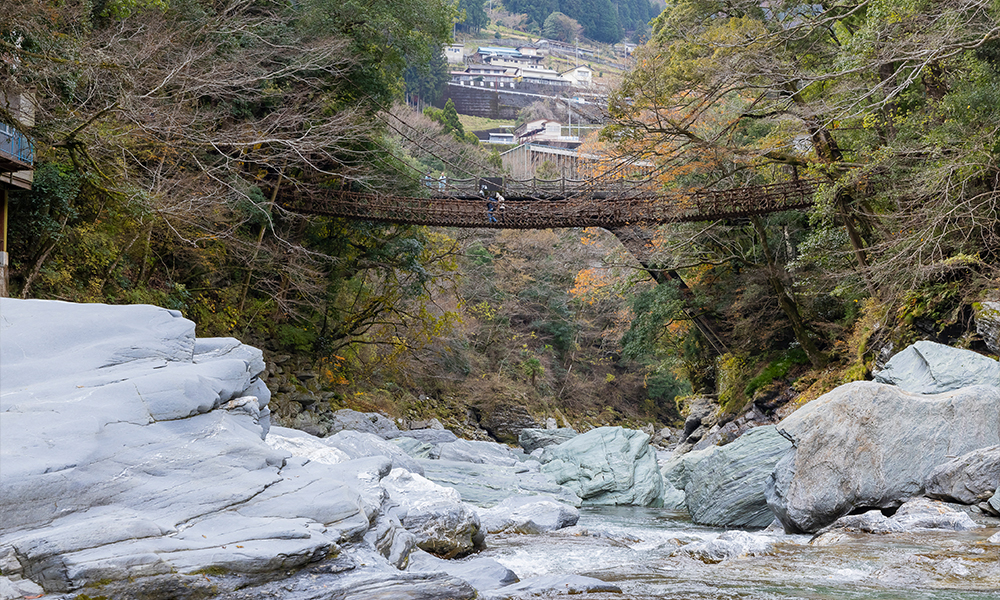
Kazurabashi Vine Bridge (Iya valley)
Iya, a hidden valley in Japan located in the middle of Shikoku, an island rich in mountain forests, is a particularly popular spot on the island.
Cross the Kazurabashi Bridge, an ancient ivy bridge nestled in the forest. In addition to its natural beauty, this site holds historical significance for the Japanese people, having been used as an escape route by the Heike clan to escape their Genji enemies.
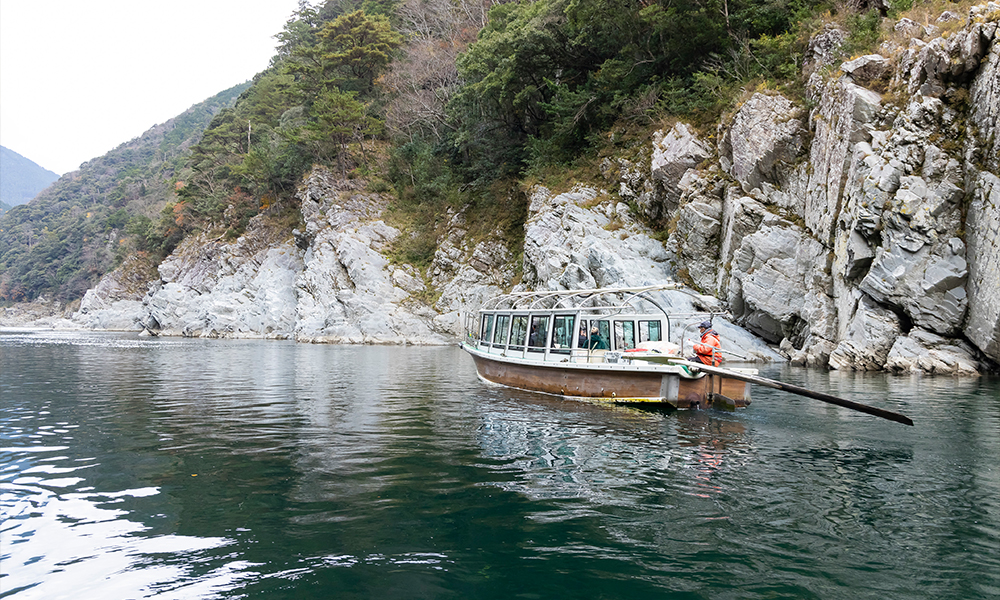
Oboke Gorge sightseeing boat
Oboke Valley is a beautiful valley located near the entrance to the Iya Valley.
Board a sightseeing boat at Oboke Gorge and enjoy the magnificent beauty of the gorge at your leisure.

Experiencing pilgrimage at the first and second sites of the Shikoku 88 Temple Pilgrimage
The Shikoku 88 Temple Pilgrimage is the largest pilgrimage route in Japan and features 88 temples scattered throughout the region. Dress in traditional pilgrim attire and embark on a journey following in the footsteps of the legendary monk Kukai.
It is said that humans have 88 evil desires, and that by visiting the 88 sacred places of Shikoku, these desires will disappear and your wishes will come true. You will actually wear a costume, recite sutras, and offer candles and incense. Unlike conventional tours, we will provide a detailed explanation of how to pray at the temples.
You can take part in a variety of activities, including chanting sutras, lighting candles, burning incense, and offering prayers.
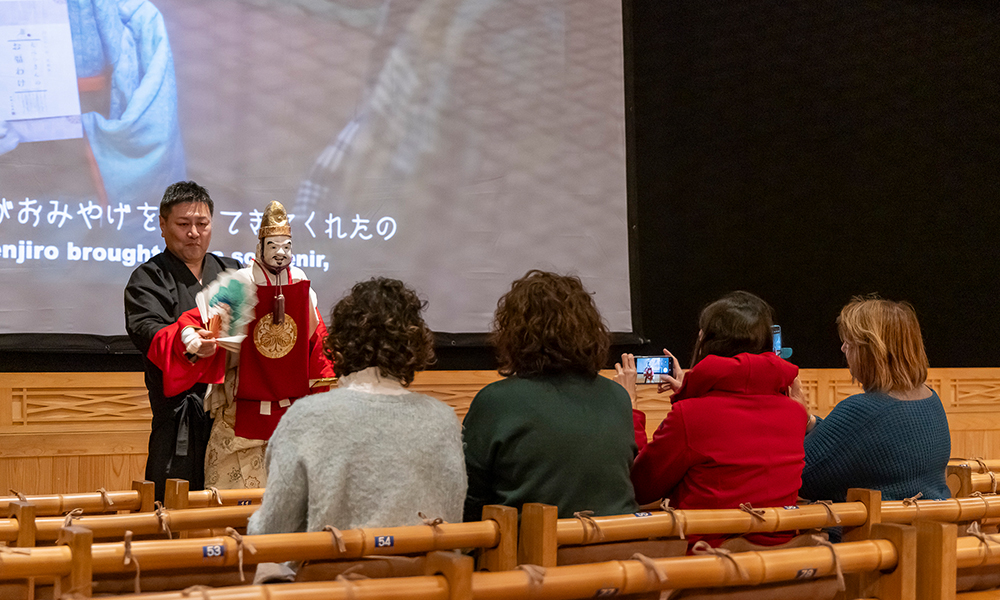
Awaji Puppet Theatre
Awaji Ningyo Joruri has been performed for over 500 years since the Edo period on Awaji Island, the first island of Japan according to legends. It is more than just a local performing art for the people of Awaji, as it has played a major role in the history of Japanese theater.
The performers of Awaji specialize in period pieces and perform Awaji-style staging that is easy to enjoy, including quick costume changes, prop exchanges and many different costumes .
Many of the plays retain the original atmosphere of puppet theater, and the stage is glamorous with female performers.
